We’re here to tell you what’s hot and what’s not on this week’s music roundup

Coriky – S/T
Genre: Indie Rock
Favorite Tracks: “Clean Kill,” “Hard to Explain,” “Last Thing,” “Inauguration Day”
Despite no project of his having captured the lightning-in-a-bottle frustration of his work with Minor Threat (and really, what honestly can), Ian MacKaye seems to have at least stayed restless since that project’s demise, kicking around a smorgasbord of one-off projects in the ‘80s (forgive me, as I’m sure heads won’t, but I have never even heard a whisper of Egg Hunt, Embrace, or Pailhead) before lighting upon Fugazi and chasing a rather endearing dream of progressively indie-leaning rockism ever since. In another world I might have written a feature maybe five people would have found interesting drawing parallels between the career trajectories of MacKaye and that of black metal stalwarts-turned-synthpoppers Ulver as far as finally letting a seed of influence you’ve always had fully blossom; I’ll spare you, and you might have to take my word for it, but you probably only get one THE ASSASSINATION OF JULIUS CAESAR, and CORIKY is MacKaye’s. It’s… solid and entirely enjoyable indie rock! Done with a little more presence and panache than on his aughts work with The Evens, which Amy Farina carries over from, likely due to the weighty and expansive, lightly grooving bass work from Fugazi staple Joe Lally, you’d have to stretch your neck out to find something definitively bad to say about CORIKY. Farina’s demonstrable funk chops on the kit and charismatic counterpoint to MacKaye’s vocals are a welcome addition to the mix, the focus is on meaty, distinct riffs that make a point of favoring melodicism, and the occasional squall of effects-laden guitar walls and splintering, choppy rhythm switch-ups are a nice tie-in to the post-hardcore that dominates most of the associated acts tab. CORIKY is an intriguing entry to the canon of middle-aged icons that continue to push themselves in that it eschews modern influence; there’s nary a synth to be heard, and genre fascination with precocious twee in the ‘10s is entirely left by the wayside. As such, it feels most comparable to Pixies and Sonic Youth at their heyday, but tempered with radio-adjacent horse blinders; in other words, it’s the ‘90s album MacKaye didn’t know he wanted to make at the time, a little bit of blues-influenced garage rock (“Last Thing” was a cut off The White Stripes’ ELEPHANT in another timeline), a little bit of art rock, a little bit of post-punk… and honestly just kind of a cool effort overall. It won’t make a lot of year-end lists, and that’s not necessarily a travesty, but approaching 60, Ian MacKaye could be doing and making a lot worse. [Thomas Seraydarian]
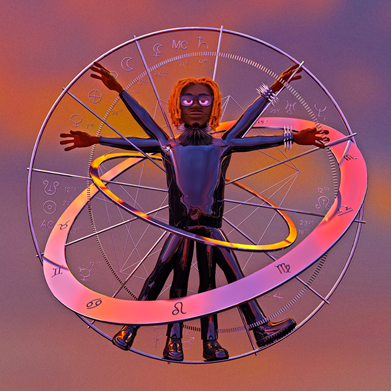
Gunna – WUNNA
Genre: Trap
Favorite Tracks: “ARGENTINA,” “MOTW,” “ROCKSTAR BIKERS & CHAINS”
Gunna has carved out a very successful career as one of the more promising Young Thug disciples to come out of the Atlanta rap scene. Him and Lil Baby have taken the style Thugga fathered and ran with it, Gunna separating himself along the way. On WUNNA he continues on that path, making strides to add more mythos to his story. He has all the tools you want out of your trap rapper these days: versatility and an ability to weave from interesting beat choices to even more interesting beat choices with ease.
At 18 tracks, it never feels like Gunna is trying to stray from his own honed abilities, even if a few of the songs exceed his grasp. From the first track he comes out firing. With “ARGENTINA” he shows you his whole arsenal, switching flows in ways that would keep DaBaby up at night, yet it’s all controlled and his bars ride on the beat harmoniously. As the album progresses, the party continues. WUNNA never finds Gunna leaving his comfort zone, rapping with his ego puffed out and talking down to his contemporaries, haters, and critics alike, and he uses this album to elevate beyond being Young Thug’s understudy. Speaking of, Young Thug shows up twice on the record to remind the world there’s a reason he’s the father of the new Atlanta trap scene these days. He comes out for “DOLLAZ ON MY HEAD” so effortlessly; smooth as ever, it gives Gunna even more reason to keep working on his craft. On “BLINDFOLD,” Gunna reunites with his long-term collaborator Lil Baby and the two go at it like they never missed a beat, but beyond that is when WUNNA gets more experimental. “ROCKSTAR BIKES & CHAINS” and “MET GALA” give you a glimpse into the future of what Gunna’s career could look like going forward—songs resemble some of the choices that elevated Young Thug’s early career into a different stratosphere. The more comfortable Gunna starts to feel in that zone will directly influence just how far his career can go, although some of his most confounding work can also be found in this stretch as well, notably “I’M ON SOME” and “TOP FLOOR,” which both sound sonically out of place; “I’M ON SOME” just sounds lazy and unrealized, while “TOP FLOOR” is clearly shoehorned in by some record executive after the success of “Hot,” a clear attempt to capitalize on the star power of Travis Scott.
WUNNA is a win for Gunna. It puts him up against some of the best trap rappers in the game right now and showcases his evolution as an artist while still offering him different avenues of growth. He has a lot of work ahead of him if he truly wants to surpass the realm of his mentor, but with a couple more outings like this and a little bit more trimming of the fat, it’s well within his fingertips. [Mohammed Ashton Kader]
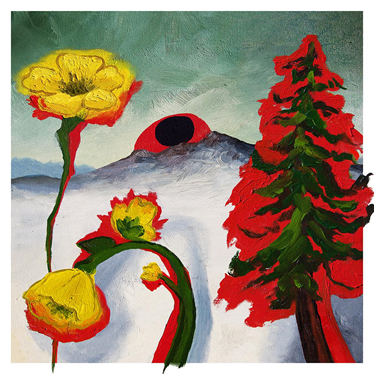
Woods – STRANGE TO EXPLAIN
Genre: Lo-Fi Folk
Favorite Tracks: “Where Do You Go When You Dream,” “Can’t Get Out,” “The Void,” “Fell So Hard”
Virginia autumn is a resplendent, beautiful, and singular thing. The crisp air, the crumpled leaves on the moss and sun-kissed grass, the golden glow of shorter days, and the moody nights of creeping winter, all natural mysteries I yearn for as I adjust to the sunny monotony of Los Angeles living. When I reminisce about the magic of fall and my teenage years, the first artist that comes to mind to soundtrack the sacred memories of those perfect days is Woods. The haunted soundscapes of SONGS OF SHAME, the Neil Young-meets-285 Kent jamming of AT ECHO LAKE, and the genuinely tear-jerking California dreamer nostalgia of BEND BEYOND all bring me back to a specific time in my adolescence when, for one of the only times in my life, I felt genuinely at peace with the world I occupy. In the eight years since Woods were a part of my daily listening a lot has changed. Woods became a faded memory as I moved across the country and began to embrace a more electronic musical palette; former bassist Kevin Morby has embarked on the path towards becoming a West Coast rock messiah; Woods labelmates Vivian Girls reunited last year for an overlooked and disappointing reunion. Although the Woodsist era is a fond memory of a simpler time for independent music, I hadn’t actually listened to Woods in years until I popped on STRANGE TO EXPLAIN.
Surprisingly, Jeremy Earl and Co.’s latest is actually pretty good. In the years since the Woods crew pivoted from small venue touring staple to behind-the-scenes producers by way of Greenpoint hipster dads, they’ve upped their quality to rival contemporary artists like Whitney but haven’t fully abandoned the scuzz that helped their work fit so nicely alongside throwback favorites like WAVVVES and CONSTANT HITMAKER. Tracks like “Where Do You Go When You Dream” and “Light Of Day” show a synthier and dancier evolution for the band that are a welcome reminder that Jarvis Taveniere worked as a studio head on Mild High Club’s funky SKIPTRACING. While the acid musique concrete jamming of 2009 Woods yore may no longer be present, the Faust-like krautrock of “Can’t Get Out” shows that the band’s current lineup is down to do more than just rehash their role as the Purple Mountains backing band. Woods even incorporate newfound flamenco influences on “The Void” and “Be There Still.” While STRANGE TO EXPLAIN might not have the same exciting, burnt, orange surreality of their first few releases, Earl and Taveniere display themselves as 2009 Brooklyn’s Jeff Tweedy and Nels Cline. As the world around us goes to shit, STRANGE TO EXPLAIN offers us a comfortable taste of a time when vintage amps and tape machines were still in vogue. [Ted Davis]


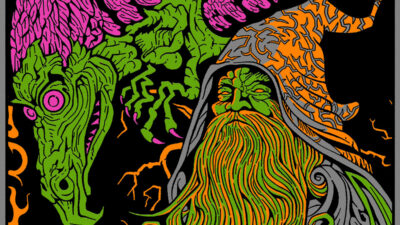
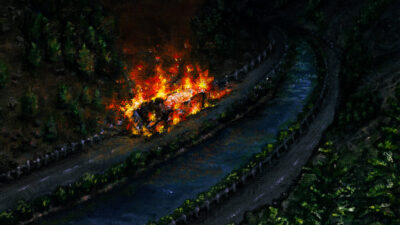


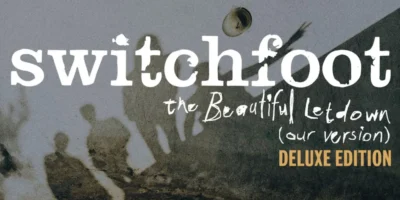



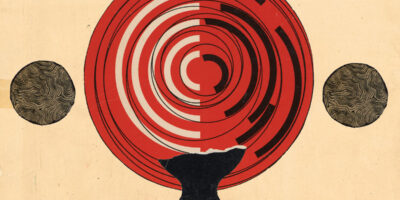

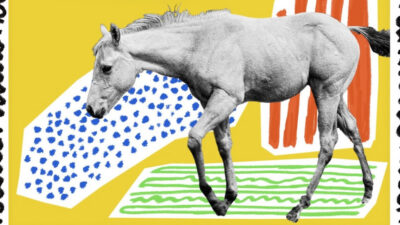
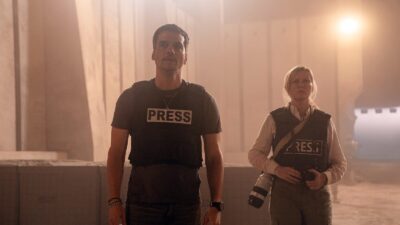


Comments